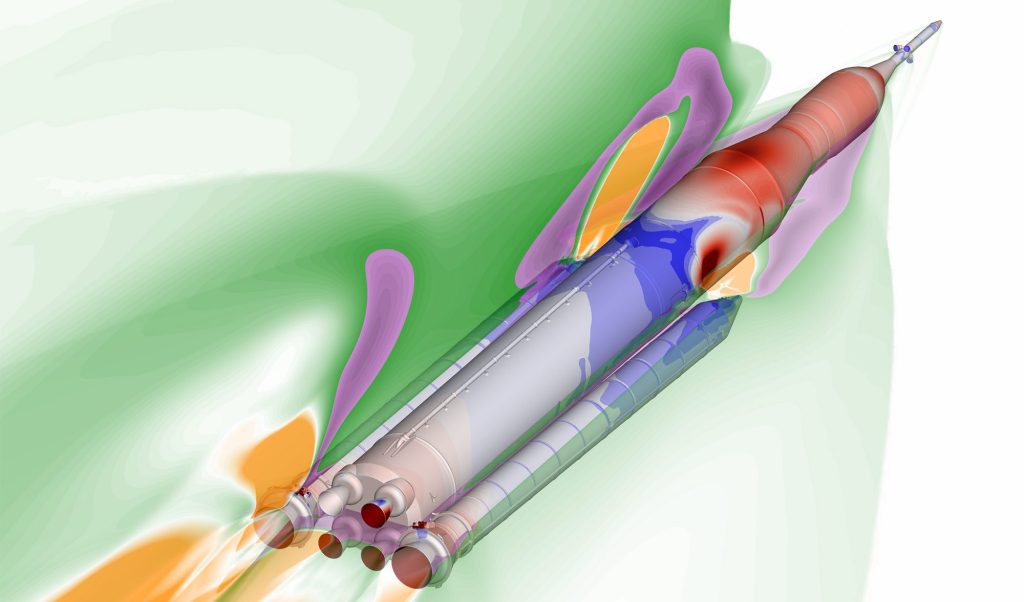Jupiter’s Juno Mission
Click to download full-size image (PNG)
NASA's Juno mission arrives at Jupiter on July 4, 2016. The orbiting spacecraft will use special instruments to peer beneath the swirling clouds, unlocking secrets about the planet and the entire solar system.
The Juno mission to Jupiter combines experienced partners with exciting programs and products that will bring the mission to a diverse set of audiences. Highlights include:
Mission Juno website - A rich multimedia experience designed to share the story of Jupiter and the Juno mission with a wide public audience.
Eyes on Juno - Fly along with Juno! NASA's Juno mission is part of NASA's 3D interactive, Eyes on the Solar System. The Eyes on the Solar System interface combines video game technology and NASA data to create an environment for users to ride along with the Juno spacecraft.
Why With Nye video series - Why With Nye features Bill Nye demystifying the cutting edge science behind NASA's Juno mission to Jupiter. Watch Nye bring the Juno mission to life with his signature blend of props, performance, and solid scientific know how.
Juno page on NASA.gov - NASA's official site.
Explore: Jupiter's Family Secrets! - A set of informal education activities, adaptable to any afterschool environment. Designed by the Lunar and Planetary Institute (LPI), for the Explore! Library program.
Juno Citizen Science - JunoCam is Juno's visible-light camera specifically designed to engage the public by providing dramatic, close-up color views of Jupiter. The public will be involved in processing the images from raw data and even helping the science team determine which areas of Jupiter should be imaged by the spacecraft.
Juno's Education and Public Outreach program also partners with:
- The Goldstone Apple Valley Radio Telescope (GAVRT) program. Students use a former NASA Deep Space Network antenna to do real science. The GAVRT program teams students with scientists to conduct cutting edge research, including monitoring Jupiter to support the Juno mission.
- Training and resources to benefit NASA Nationwide, a consortium of formal and informal education networks, which includes the Solar System Ambassadors program.
- SpaceMath@NASA, a resource for teachers that explores math concepts related to mission events and discoveries announced in recent NASA press releases. Since 2004, its math problems have been downloaded more than four million times.
Printed Resources
Printed items such as mission fact sheets and posters are available for educators and astronomy groups, subject to availability. Contact Juno's outreach team to inquire.
Additional Links
- Juno mission fact sheet (PDF, 1 MB)
- Jupiter lithograph
- Juno paper spacecraft model (PDF, 1.3 MB)
- Juno Teachable Moment
- Juno solar power infographic (PDF, 2.06 MB)
- Read more about the Juno mission
- Learn more about Jupiter
- Compare Jupiter to other Planets/Moons
Timelines
More details will be added as they become public.
Mission Events
(all times PDT)
- Launch: Aug. 5, 2011
- Orbit Insertion: Jul. 4, 2016
- Orbit Insertion Burn Starts 8:18pm Earth Receive Time (ERT)
- Orbit Insertion Burn Ends 8:53pm ERT
- One Way Light Time: 48 minutes
- First Science Orbit: Nov. 2016
Press
(all times PDT)
- June 16 - 2 p.m. mission status briefing at NASA Headquarters in Washington
- June 30 - 4 p.m. mission overview news briefing at JPL
- June 30 - 5 p.m. mission outreach briefing at JPL
- July 4
- Noon pre-orbit insertion briefing at JPL
- 10:30 p.m. orbit insertion and NASA TV commentary begin - July 5 - 1 a.m. post-orbit insertion briefing at JPL
JunoCam
- JunoCam Citizen Science Planning - Live Now
- Discussion - Live Now
- Voting - Coming in 2016
- Processing - Coming in 2016


























